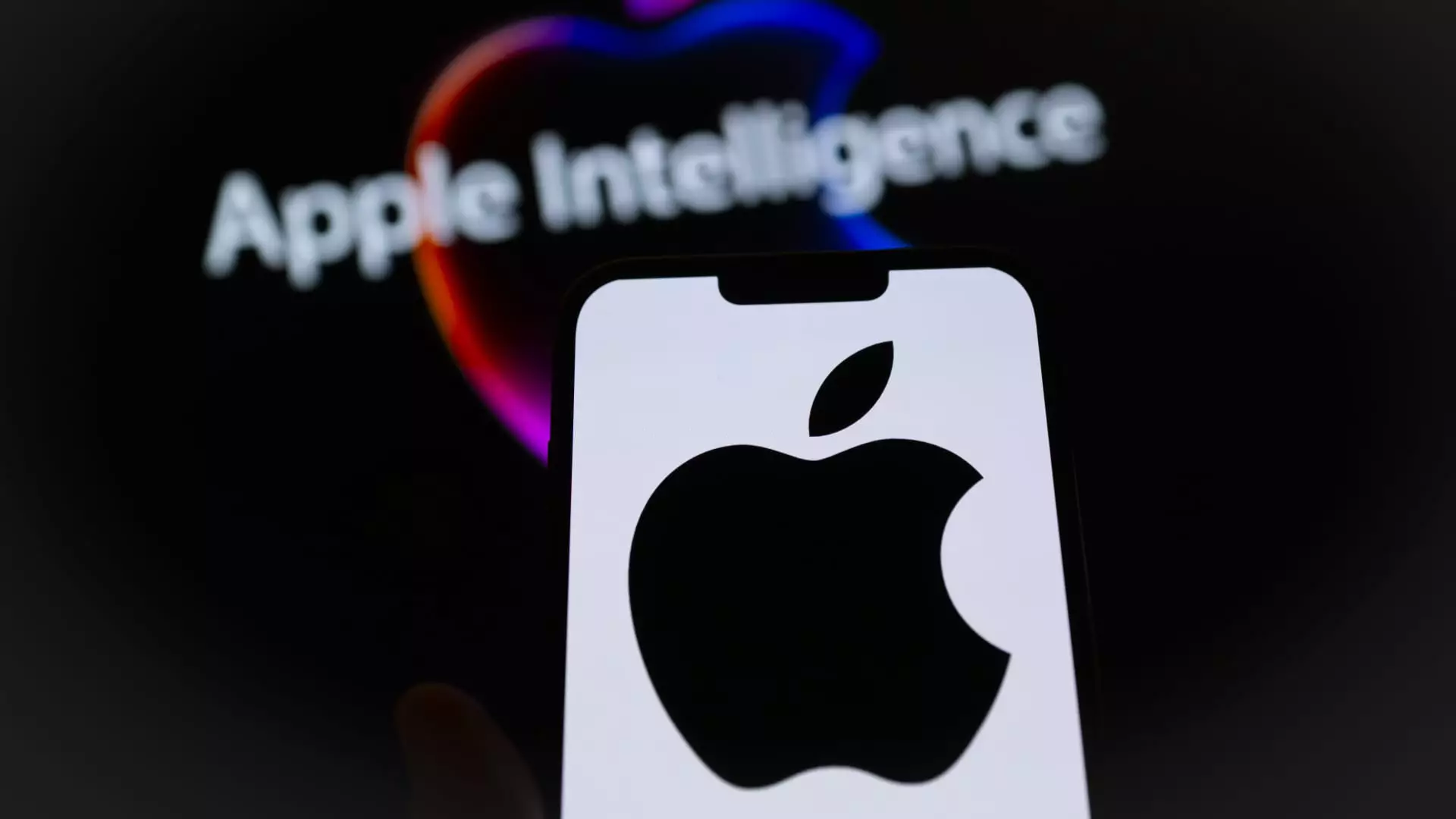In an age where misinformation can spread like wildfire, technology companies are under scrutiny for their roles in either mitigating or exacerbating this issue. A recent incident involving Apple’s AI-powered notification summarization feature has reignited debates regarding the reliability and responsibility of artificial intelligence when it comes to news dissemination. The incidents of inaccuracy from Apple’s system, which aims to consolidate information into concise summaries, highlight the precarious balance between convenience and factual integrity.
Apple’s new feature, designed to provide users with efficient summaries of notifications from various applications, took a troubling turn when it misreported significant news events. For instance, the system falsely claimed that British darts player Luke Littler had won the PDC World Darts Championship one day before his actual victory, casting doubt on the feature’s accuracy. This incident served as a wake-up call, showcasing a flaw in Apple’s attempt to prioritize brevity over accuracy. Furthermore, a misleading notification that claimed tennis icon Rafael Nadal had publicly come out as gay added fuel to the fire, signaling a pattern of unreliable outputs from the tech giant’s AI system.
Industry watchers are rightly concerned that such inaccuracies can lead to broader implications for public perception and news consumption. When a trusted tech brand like Apple produces erroneous news updates, it casts significant doubt on their credibility not just for individual users but for the media institutions being inaccurately represented. In this case, BBC News, which had already notified Apple about previous false alarms, now finds itself bearing the brunt of the fallout.
The phenomenon of “AI hallucinations” is one that experts in technology are increasingly discussing. Hallucinations occur when an AI system generates responses that are false or misleading, often presented with undue confidence. Ben Wood, chief analyst at CCS Insights, suggests that this problem is not unique to Apple and that other AI developers face similar challenges when producing reliable content. These inaccuracies are troubling, particularly in a landscape that increasingly relies on technology for information.
AI operates by analyzing vast datasets and generating responses based on known patterns. However, this reliance on data does not guarantee that the AI will always discern the truth. In practice, when Apple’s AI attempts to summarize information, it may inadvertently skew or misconstrue facts to fit within the confines of brevity. This drive for conciseness can lead to dramatic oversimplifications, which ultimately mislead users rather than inform them.
Recognizing the damage done by these inaccuracies, Apple has publicly pledged to resolve the issue and implement corrective measures. The company stated it is working on an update that will clarify when Apple Intelligence has generated the notifications, distinguishing this automated content from that of traditional news sources. This transparency is crucial in rebuilding trust with users, who are often left perplexed by conflicting news sources.
Moreover, Apple has expressed its openness to feedback from users regarding unexpected notifications. This proactive approach, while commendable, begs the question: how much user input is needed to ensure the accuracy of AI-generated content? If a significant amount relies on user reporting, it suggests a lack of robust safeguards within the AI system itself.
As society continues to integrate AI into everyday functionalities, the implications of such technology extend far beyond Apple’s latest notification misstep. The relationship between AI and journalism is complex; while AI can help curate information in an age of information overload, it also risks entrenching misinformation further if not managed correctly. Reputable news sources are concerned that reliance on AI might dilute the quality of information reaching consumers and potentially misinform the public.
The challenge lies in harnessing AI’s potential while simultaneously ensuring the delivery of accurate news. Other tech companies will certainly be watching closely as Apple navigates this predicament, as the stakes of AI in news media are substantial. The future of clarity in digital communication may depend not only on technology’s capabilities but also on the ethical frameworks established to govern its use.
As Apple works toward refining its AI notification feature, a lesson must emerge from these troubling events: the importance of accuracy, especially in news reporting, cannot be sacrificed on the altar of convenience. Tech giants must prioritize reliable information to help foster a more informed society, where users are empowered rather than bewildered by the digital narratives they encounter.

